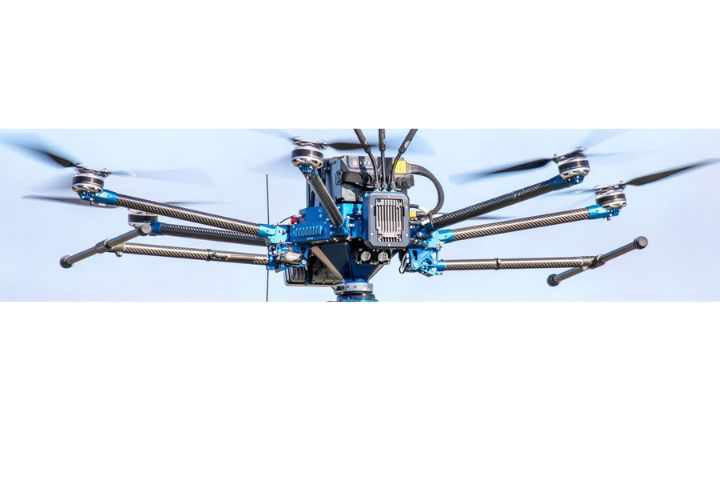In the wake of Hurricanes Helene and Milton, drones have become indispensable in disaster relief, revolutionizing how first responders and volunteers tackle crises. These unmanned aircraft are being used to locate missing people with thermal cameras, assess damaged infrastructure, and even air-drop essential supplies. A standout case involved Walmart partnering with drone operator Wing to deliver critical items like medications and baby formula to a senior shelter cut off by flooding in Marion, NC.
While the Federal Aviation Administration (FAA) typically limits drone operations to within the line of sight, emergency exceptions were made, allowing drones to operate beyond visual range, making it possible to support hard-to-reach disaster zones. With their ability to navigate treacherous terrain, drones have been essential in surveying areas hit by the storms’ destruction, capturing real-time images of wrecked homes, downed power lines, and debris-clogged roads.
In addition to professional-grade drones, civilians have jumped into action, deploying their personal drones to support the rescue efforts. Volunteer groups like First To Deploy and Unmanned Search and Rescue (USAR) have flown drones over disaster-stricken areas, mapping out mudslides, identifying hazardous zones, and even locating bodies in remote regions.
Drones have also played a vital role in keeping emergency responders focused on real emergencies. For instance, Paladin, a drone startup, assisted responders in Asheville, NC, by responding to 911 calls, cutting false alarms, and dropping supplies like life vests and Narcan to those in need.
Though drones are making a profound impact, the surge in their use has raised concerns about air traffic congestion. The FAA reported a spike in mid-air close-call events during the storms’ aftermath, prompting temporary flight restrictions to prevent collisions, which drew some backlash from locals who feared restrictions would hinder aid delivery.
Still, the success of drone-led efforts, like Walmart’s proof-of-concept operations, has highlighted their future potential. Companies and disaster relief organizations alike are eager to explore the long-term applications of drone technology to revolutionize aid delivery in future crises.












